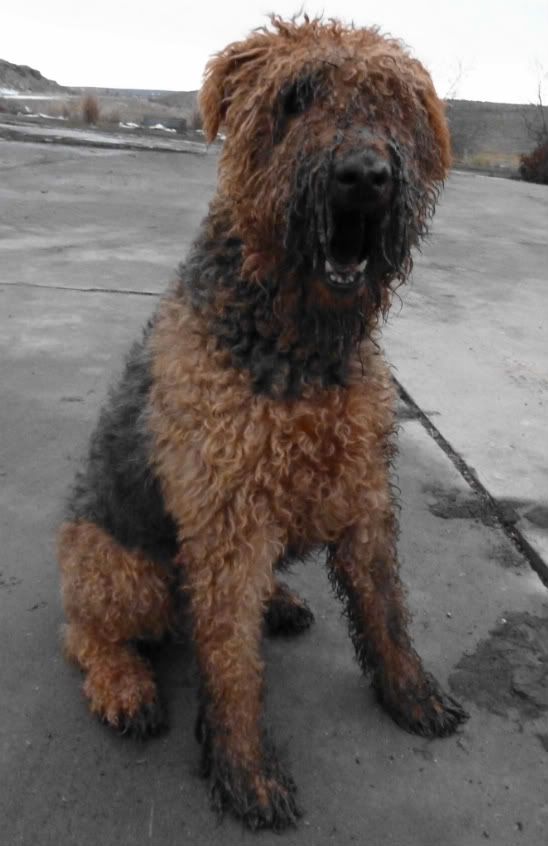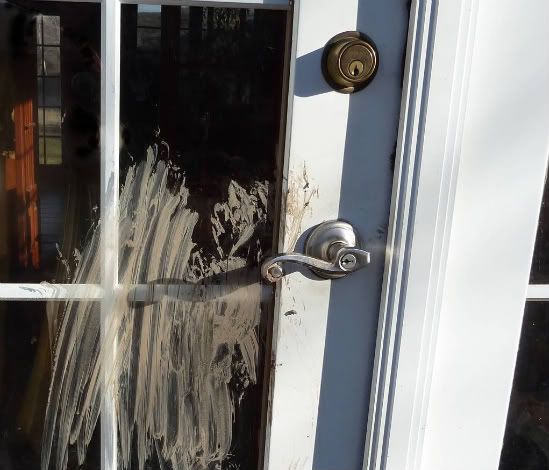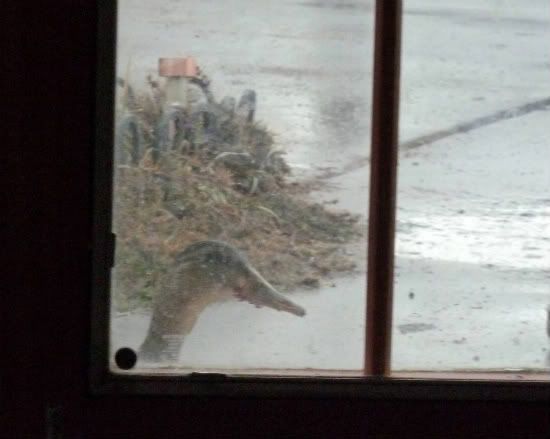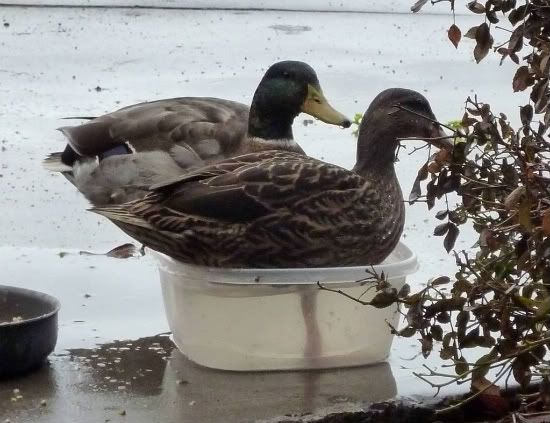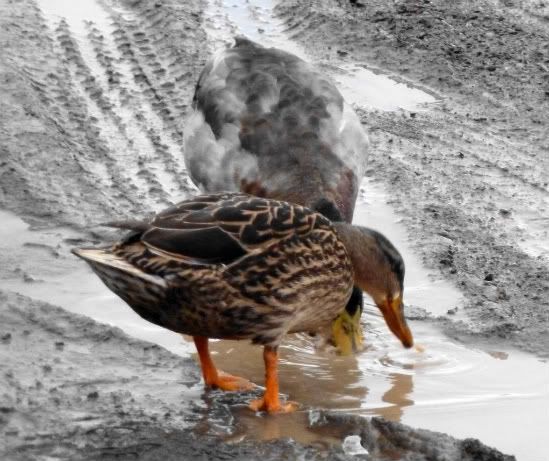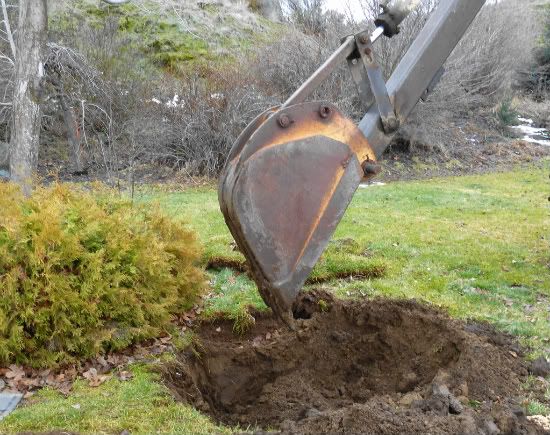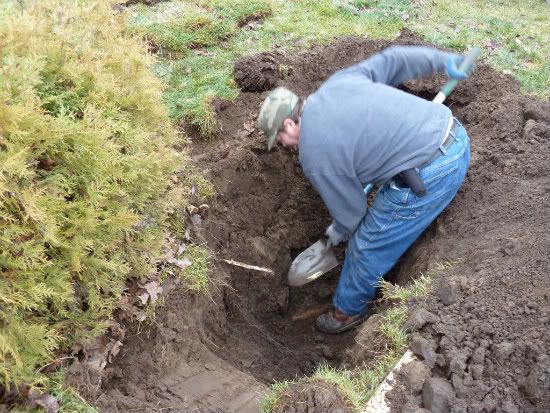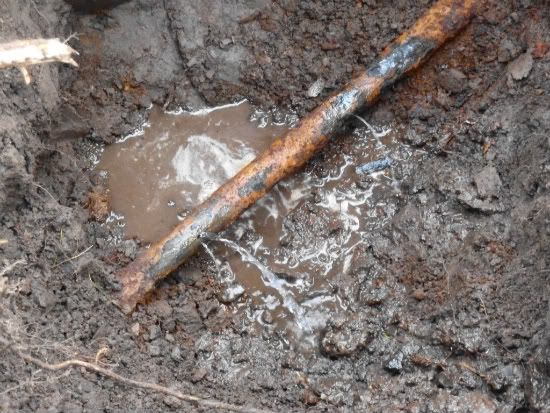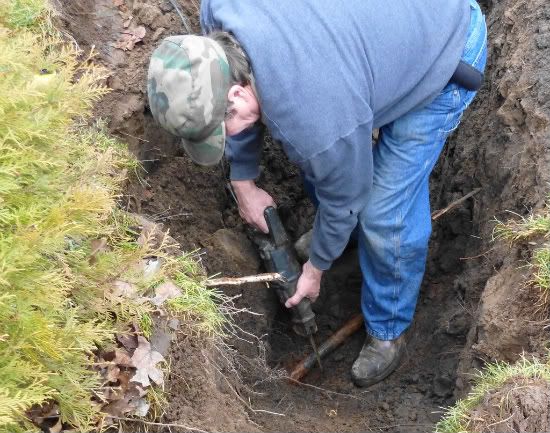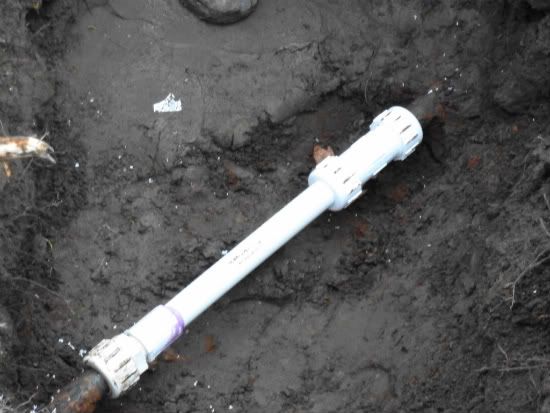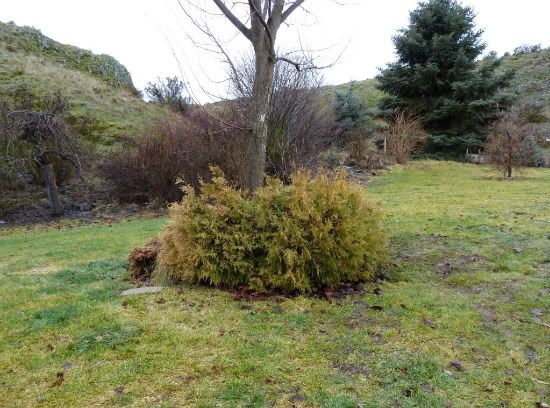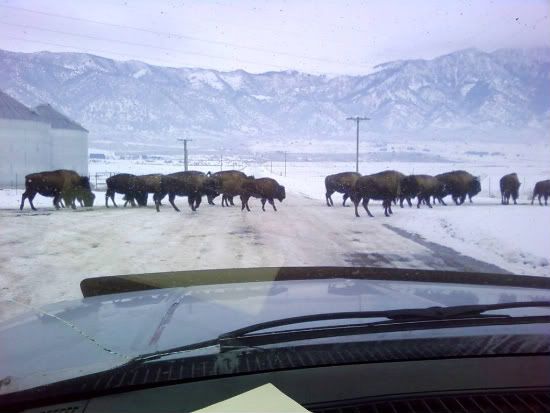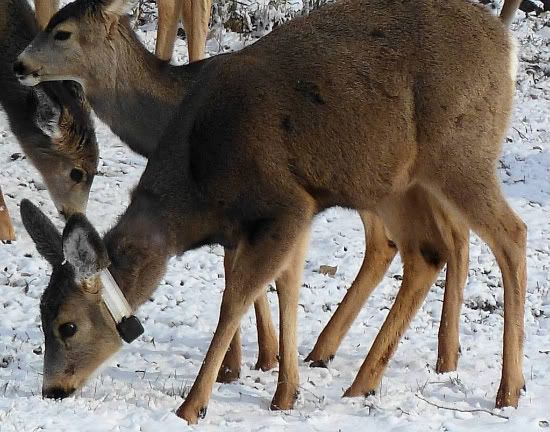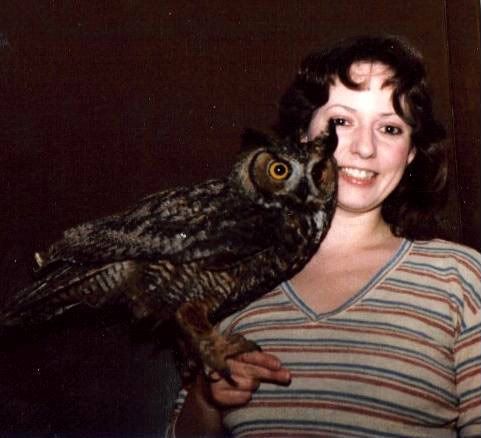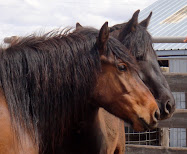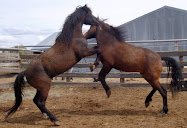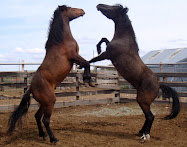Tuesday, January 18, 2011
The Muddy Season
Monday, January 17, 2011
Maple lives!
Thursday, January 13, 2011
Bad luck Tuesdays.
Tuesday, January 4, 2011
The Wild Life.
To capture these deer, we used a net fired from a large net-gun as we flew over the deer in a helicopter. While we had the deer in hand, we collected blood samples, fecal samples, took standard biological body measurements, measured body fat and pregnancy status using a portable ultrasound, and fitted each deer with a radio collar. Each radio collar has its own unique frequency, which allows us to locate the deer by homing in on the radio signal using a special receiver; we do most of our monitoring from an airplane but sometimes we track from the ground using vehicles or on foot. Each radio collar has a mortality switch which allows us to determine if a deer has died; by getting to a deer shortly after it has died, we have a better chance of determining the cause of death. Using locations of radio marked deer, we can learn many things about how deer make a living across the landscape including seasonal movements and habitat use, survival rates, migration corridors, identifying critical areas important to deer, all of which help us do a better job of managing the mule deer herds. Unless we recapture a deer and remove the collar, the deer will wear the collar for the rest of its life.
If I had the frequency of the radio collar of the deer in your photo, I could produce a map showing the relocation and movement information over time for that deer. Without the frequency, I do not know which deer this one is.

